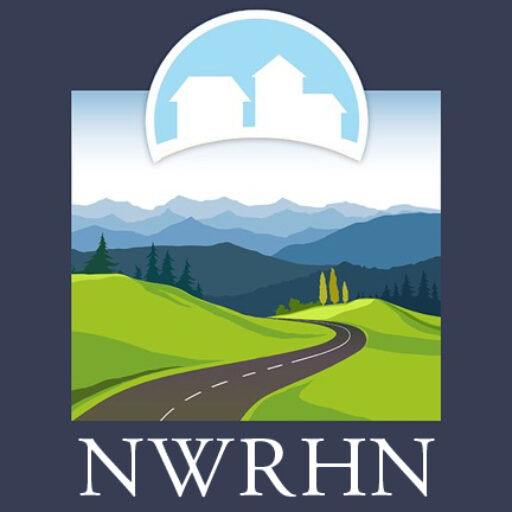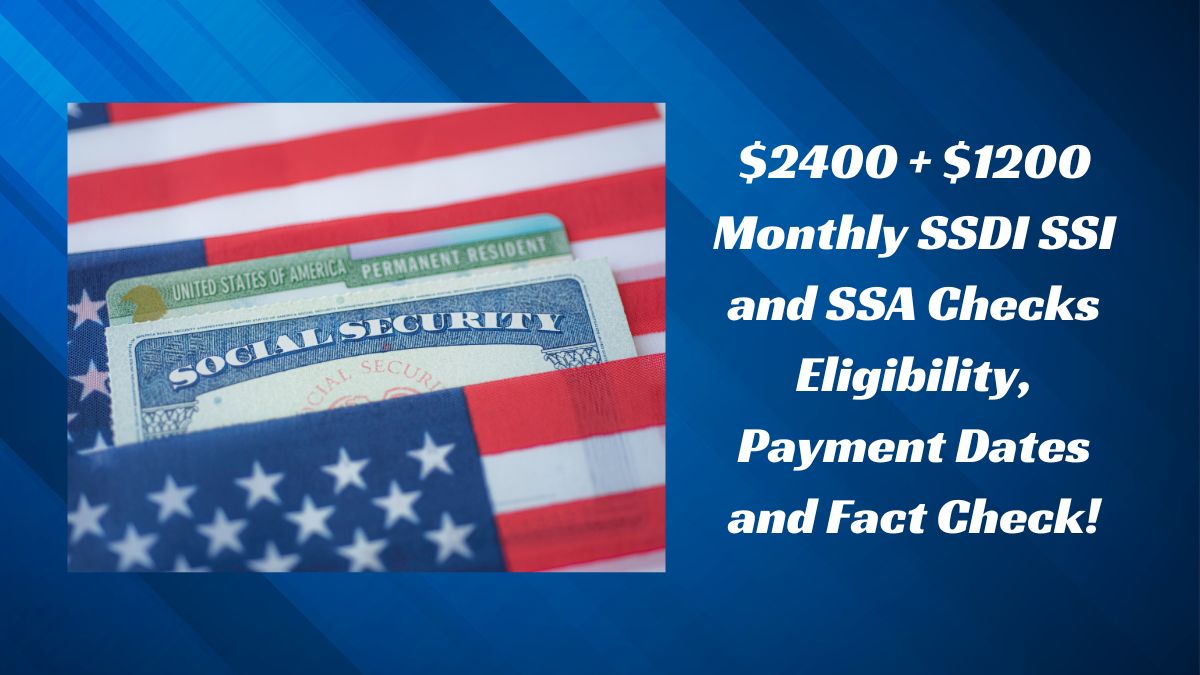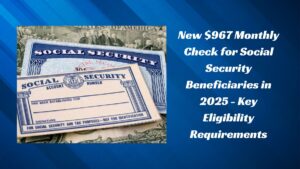In the United States, many individuals with low or limited income face difficulties in covering their daily expenses. To ease this financial strain, the U.S. government has introduced several assistance programs, such as Social Security Disability Insurance, Supplemental Security Income , and Social Security Administration (SSA) payments.
Recent proposals suggest a potential increase in these payments, offering eligible individuals $2,400 annually and an additional $1,200 monthly. Here’s everything you need to know about these programs, eligibility, and payment schedules.
Details of the $2400 + $1200 Monthly SSDI, SSI, and SSA Checks
The $2400 yearly increase and $1200 monthly payments are proposed benefits for low-income U.S. residents. These programs target financial assistance for citizens who struggle to meet their daily living expenses.
While these proposals are not yet fully approved, they aim to offer guaranteed income for low-income individuals through programs like SSDI and SSI.
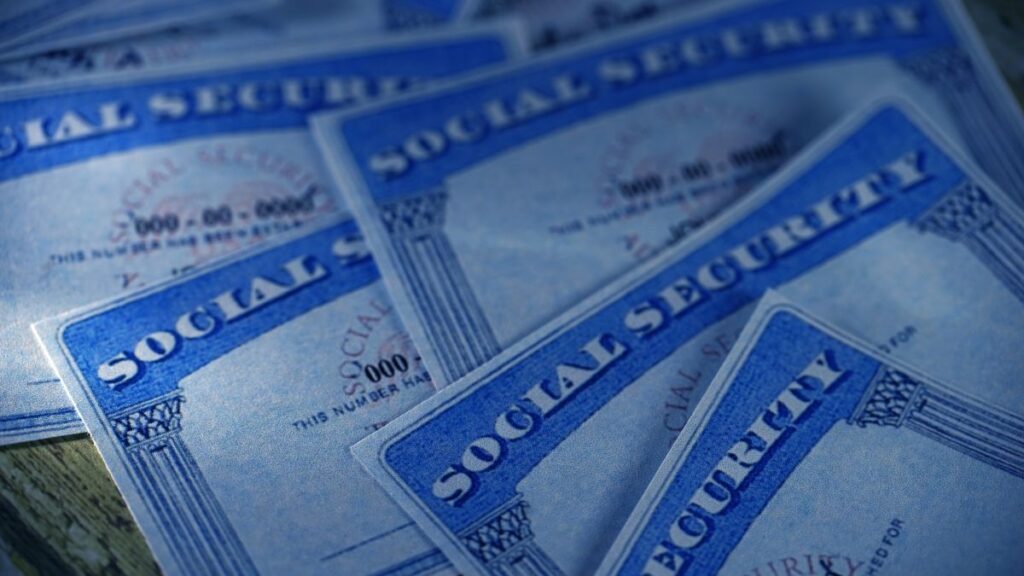
Here’s a quick breakdown of these payments:
| Program | Monthly Payment | Annual Increase |
|---|---|---|
| SSDI | $2,400 | $2,400 per year |
| SSI | $1,200 | $14,400 per year |
| SSA | Included in above |
$2400 + $1200 Social Security Eligibility
To qualify for these potential payments, individuals must meet certain eligibility criteria. These include income level, marital status, and current Social Security benefit claims. Below are the proposed eligibility guidelines:
- $2,400 yearly increase would apply to all existing and new Social Security claimants.
- SSI and SSDI beneficiaries, including those receiving RSDI and VA benefits, would be eligible for the annual increase.
- $1,200 monthly payments would be available to financially vulnerable individuals, offering nationwide guaranteed income.
- Income thresholds: Single filers with an annual income under $75,000.
- Married couples with income under $150,000.
These payments are proposed to be rolled out nationwide, ensuring financial support for those who need it most.
Payment Dates for SSDI, SSI, and SSA in 2024
Understanding when you will receive your Social Security benefits is critical, especially with potential increases in payments. Below is a general schedule for the payment dates:
| Payment Date | Recipient Category |
|---|---|
| 1st of the Month | SSI recipients and early retirees (pre-May 1997) |
| Second Wednesday | Recipients born between the 1st and 10th of any month |
| Third Wednesday | Recipients born between the 11th and 20th of any month |
| Fourth Wednesday | Recipients born between the 21st and 31st of any month |
These dates are expected to apply once the new measures are approved, making it easier for recipients to plan their financial future.
How to Apply for SSA, SSI, or SSDI Monthly Checks
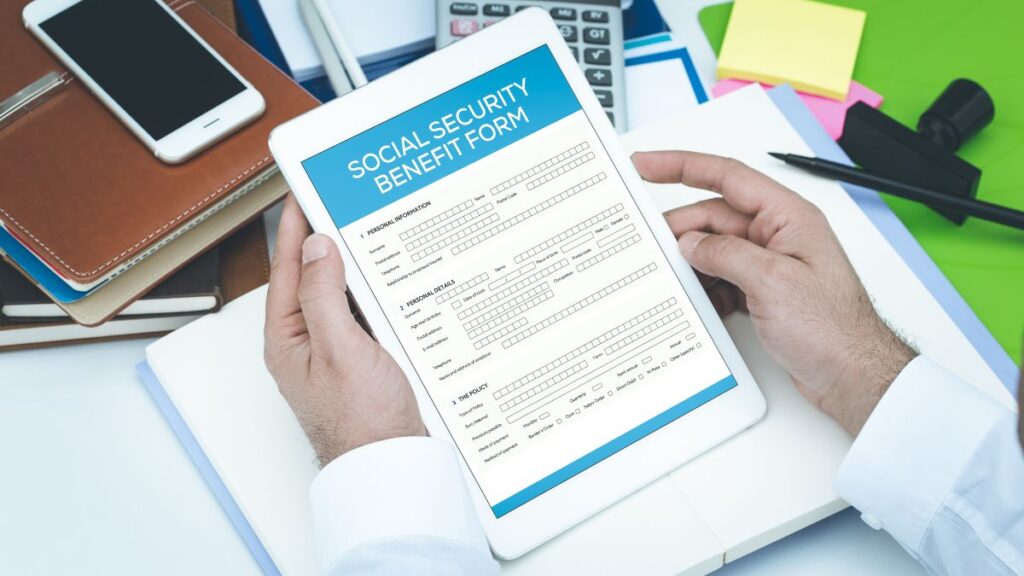
For those already receiving SSA, SSI, or SSDI benefits, no additional applications are required. The Social Security Administration (SSA) will automatically adjust payments based on your eligibility. New applicants must apply through the SSA’s official website or visit their local Social Security office.
Fact Check
The proposed increases are designed to help low-income individuals and retirees across the U.S. While these payments are not yet guaranteed, they offer hope for many who rely on Social Security for financial support. Remember that specific benefits may vary based on individual circumstances like income and work history.
The proposed $2,400 annual boost and $1,200 monthly payments aim to provide much-needed financial relief for low-income individuals, retirees, and those receiving Social Security benefits. Although these proposals are not yet fully implemented, they signal significant potential changes in the coming year.
Stay informed by checking official government updates to ensure you’re aware of how these changes might affect your benefits.
FAQs
Anyone currently receiving Social Security benefits, including SSDI, SSI, and VA benefits, may qualify for the proposed $2,400 increase.
If you’re already receiving SSI or SSDI, no further application is needed. New applicants can apply through the SSA’s website or visit a local office.
These payments are currently part of a proposal and will be distributed once approved by Congress.
Yes, single individuals with annual earnings under $75,000 and married couples earning under $150,000 may qualify for these payments.
Yes, if you meet the eligibility criteria for both programs, you can receive benefits from both SSI and SSDI.
